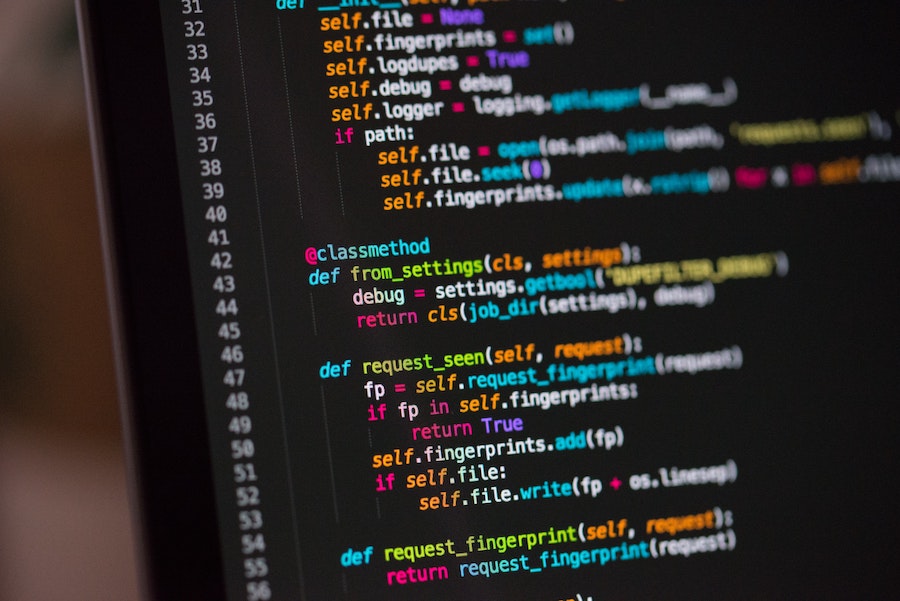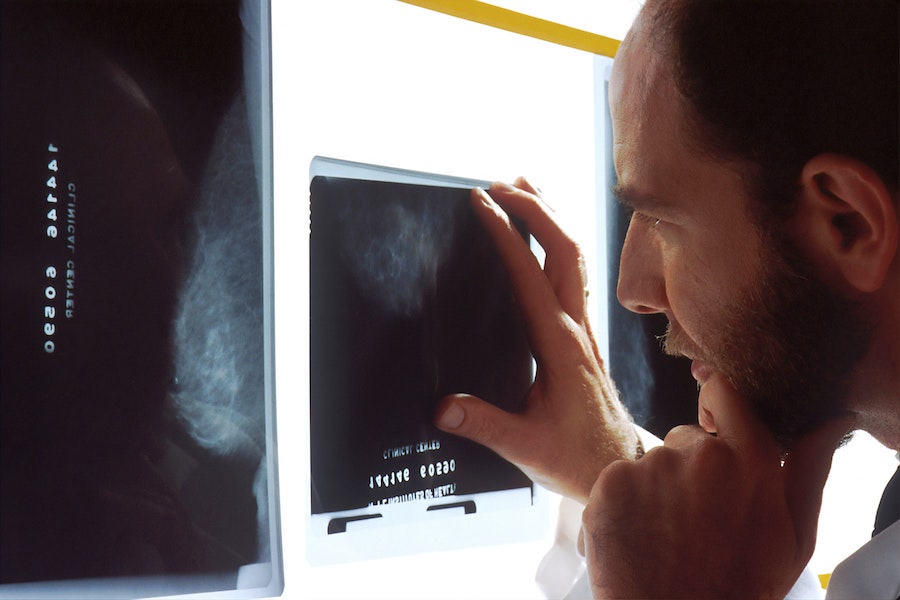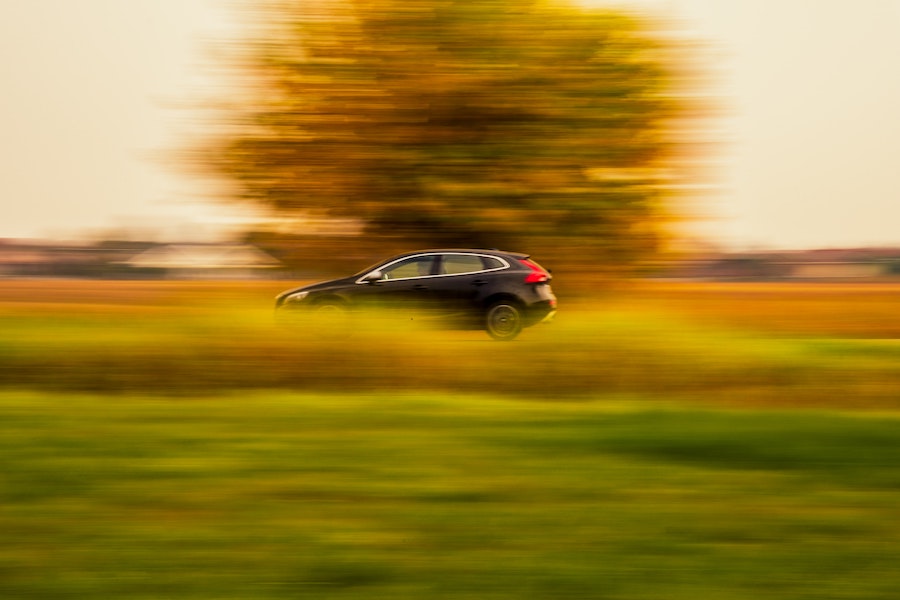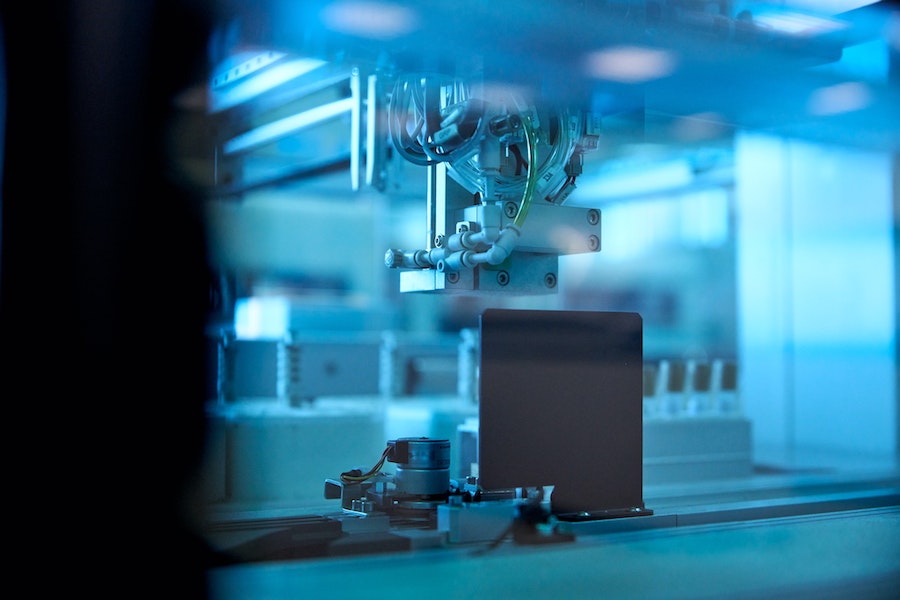According to research, people make around 35K decisions each day, let alone business decision-making. Therefore, the demand for automation technologies has leaped, including image recognition business applications.

Today, we’ll look under the hood of artificial intelligence image recognition. We’ll also dismantle popular applications of image recognition technology.
A short primer on image detection
Image recognition is a computer technique for automatically identifying the objects in images and videos. It uses pattern recognition to detect pre-defined target objects, such as cars or people. Moreover, it doesn’t rely on prior knowledge of their features.
Image detection can be used for discerning objects in images or videos. It can accordingly recognize their position and orientation. Intelligent algorithms then also tag and classify image data, and make it available for a wide variety of purposes.
Computer and machine vision software solutions are often cited in reference to image recognition and classification algorithms systems and applications. The latter powers automatic inspection, process control, robot guidance, and other business applications.
How do image recognition applications work?
Picture recognition software solutions step out as quite simple for the human brain. However, for the machine to recognize the stimuli, it has to be trained with the labeled data first. It means that you should feed the images featuring the needed objects, item coordinates, location, and others.
The application then extracts features and recognizes patterns through a combination of ML-based algorithms. Once image classification applications get enough training, we feed in the image that is not in the training set and get predictions. The industry standard for AI applications image recognition is convolutional neural networks. But, the latter requires large training datasets and is time-consuming. Therefore, engineers can combine other algorithms to score the needed accuracy.

Source: Unsplash
But what is the business value of AI-powered computer vision applications, image, and object detection? It differs by industry and can include the following tasks:
- Optical character recognition
- Pattern matching and gradient matching
- Face recognition
- License plate matching
- Scene identification.
While the overriding objective of these is automation, AI image recognition apps metamorphose into manifold benefits on the business landscape. The past few years have seen huge strides in this field, with applications in defect detection and quality control, retail inventory tracking, and autonomous cars to name a few.
With that said, let’s have a deeper dive into the most exciting image detection applications so far.
Image recognition applications by the industry
Until the year 2020, we were promised a slew of technical marvels. Although much has not been accomplished as claimed, the advancement and deployment of new technologies in the fields of AI, Big Data, and Machine Learning have greatly aided in the further refinement of recognition technology.
Autonomous vehicles, biometric identification, and even Google image recognition applications – all of this were made possible by ML recognition algorithms.
Healthcare industry
Healthcare is a prominent example of a field that accrues benefits from image classification applications. In a broad sense, AI detection nurtures meaningful changes across the patient journey. More specific applications of pattern recognition in image processing include microsurgical procedures and medical imaging.
Thus, the applications can be trained to process data from MRI or X-ray machines, as well as other visual outputs. This will allow clinicians to identify, locate and flag up medical abnormalities at early stages.

Source: Unsplash
The algorithms can cover the diversity of medical data, including brain tumor image segmentation, mammogram mass separation, and breast ultrasound images. Processing applications can also aid in 3D imaging in biomedical applications and pathological medical imaging. Thus, malignant or cancerous elements can be identified earlier, saving countless lives and boosting diagnostic accuracy.
These unrivaled boons of image classification applications have been recognized by global healthcare providers. As a result, the market for AI-enabled image-based medical diagnostics makes track with an expected $3 billion by 2030 across five segments. These include cancer and CVD as well as respiratory, retinal, and neurodegenerative diseases.
As for surgeries, image detection can assist in both intraoperative navigation, AI-enabled surgeries, and surgical education.
Process management in businesses
Process management is an umbrella term that addresses effective planning, organizing, and control of business operations. Image recognition business applications have come down as a core part of it.
Within the business realm, optical character recognition is uniquely positioned to amplify daily business tasks. It can read a printed text and convert it into machine-encoded text or electronic data. It means that an OCR engine can be used to scan and convert images of printed paper documents into other formats such as Portable Document Format (PDF), XML, HTML, plain text, Microsoft Word, Excel, and searchable PDF files, etc. For daily business processes, OCR applications can significantly reduce the time needed to manually comb through piles of documentation.

Source: Unsplash
Another pandemic-induced application of image recognition technology is the wide-scale introduction of face-enabled entrance systems. In this case, the algorithm is mounted on face images with subjects as labels. The software is designed to match faces with a database of approved individuals before allowing them to enter through the door. The goal is to make it safer for employees by eliminating hand contact.
However, most companies are gradually adopting AI detection for process management and identification. For instance, Intel has the largest implementation of facial recognition in the workplace by identifying the faces of 20,000 employees in Oregon.
Retail and E-commerce
Retailers are also turning to product recognition applications as a way of targeting shoppers, and in some cases, even preventing crime. Technology that allows cameras to recognize objects or faces within images is becoming a powerful and mandated strategy. And for a good reason. Companies like Amazon, IKEA, and Sephora are pioneering some of the image recognition applications we’ll dwell on further.
Thus, better product recommendations are premised on almost every virtual store. You must have bumped into one of the ‘you might also like’ items. So if you’re looking for a white T-shirt, the system will immediately suggest to you all of the white t-shirts available. Thereby, image recognition shopping improves and shortens the customer journey.
Tap-to-buy is one of the picture recognition software solutions that vividly demonstrates the potential of algorithms. Just like the Instagram functionality, Youtube is planning to roll out a tap-to-buy from videos. Similar to a feature already available on Instagram, you will be able to click on a fragment of the video. The system will then list the products featured in the video and possible shopping destinations.
Search by image is another popular recognition instance that eases our shopping experience. Online shoppers can now simply upload an image of the desired item, instead of rummaging through thousands of shop shelves or online stores. Also, attribute tagging allows E-commerce stores to automatically generate attributes for all products so customers can quickly find the products they are looking for.

Source: Unsplash
Overall, retail and E-commerce are now looking to use visual identification to make shopping experiences more personalized and efficient. Therefore, it is currently present at all stages of the customer journey, including the back office.
Automotive industry and logistics
No post can be written about image recognition applications without referencing autonomous vehicles. The global AV market is poised to grow by $90.51 billion from 2021 to 2025. At the same time, Audi plans on spending $16 billion on self-driving cars by 2023. Other high-flying brands are joining as well. But this global vogue wouldn’t be possible without AI-powered computer vision applications, and image and object detection.
Self-driving cars need the ability to “see” the world around them to ensure the safe running of vehicles at high speed. Therefore, real-time and accurate detection is part of a vehicle’s architecture.

Source: Unsplash
Self-driving car developers use massive volumes of data from visual recognition systems, as well as machine learning and neural networks, to create systems that can drive themselves. OverFeat, Yolo, SimpleNet are some of the most common examples of detectors used in autonomous vehicles.
Surveillance and security
Enhanced industrial and public security also stem from image recognition and classification algorithms systems and applications. A growing number of companies and security departments use facial recognition to ward off intruders. When it comes to video surveillance in public spaces, this technology can detect suspicious objects and weapons.
Detecting unattended luggage also becomes easy with the application of pattern recognition in image processing. The latter provides early object localization to find hazardous items. Public treats are also its field of application. For example, the airport specialist Amadeus has tested facial recognition technology for flights. The deployment also led to unexpected, yet pleasant results of reducing the average boarding time.
But the possibilities of object identification do not end there. Once trained, almost any security camera can identify any object from its database. And although these uses of image recognition stir up debates and fleers, the pay-offs seem more important. Thus, no thefts and crimes are possible when the camera is keeping its watch, especially at industrial sites.
Application of image recognition technology for manufacturing
Recognition technology is becoming an increasingly important part of the manufacturing process. From quality control to inspection, it is now omnipresent at all stages of production. Reports demonstrate that the global AI manufacturing market is expected to reach $9.89 billion by 2027. And image detection comes to that as well.
Thus, automated quality management is the result of image recognition and classification algorithms systems and applications. Back in the day, quality control relied on both manual and visual inspection. With image identification, manufacturers can now delegate this task to automated systems. Along with resource savings, this technology identifies faulty parts on an assembly line with unmatched speed.

Source: Unsplash
AI inventory management is another instance of smart recognition. Instead of conducting a manual inventory of items within a warehouse, smart software captures the images of shelves and accurately identifies items within the images. Therefore, auto-detection allows manufacturers to avoid inventory scarcity issues and take heed of item localization.
Visual object detection in sorting has also introduced more efficiency into the manufacturing assembly lines. Just like any other operation, sorting used to be performed manually. Today, it’s in the hands of automated systems with object detection reducing the abnormalities in categorization under lighting variation.
Object detection in wellness
Last but not least computer vision and object identification help fitness coaches to scale up their offerings. The software captures performance data during training sessions. Also, self-training solutions can use pose estimation. The goal of pose estimation is to recognize a particular human pose from a single image or video frame. The latter helps users work out at a more professional level without supervision. Zenia, for example, has launched a wellness app that can recognize yoga asanas with 95% accuracy.
Most major sports are action-packed, which makes it difficult for coaches and analysts to track and analyze the match or game. This is especially challenging when using wearable tracking equipment to supplement data collecting is impossible. That is why object detection can be used during matches to track players and scores on the field.

Source: Unsplash
Player tracking is also an essential element of a winning game strategy. Automated segmentation techniques allow the software to identify player positioning which is then analyzed by advanced statistical tools. As a result, coaches have suggestions of ideal players and team positioning against their given positions in a play.
Image detection applications by industry: The final word
The proliferation of image recognition techniques is now more obvious and inevitable than ever. The automation arms race has been serving and will continue to act as the main driver for this technology. As a result, object recognition has made track of every industry, whether it’s E-commerce or national security.
So if you still haven’t tapped into the automated powers of image detection, it is high time you explore this chest of benefits.
Develop image recognition apps for your business
For more image recognition topics or other tech industry-related materials, check out our blog.
